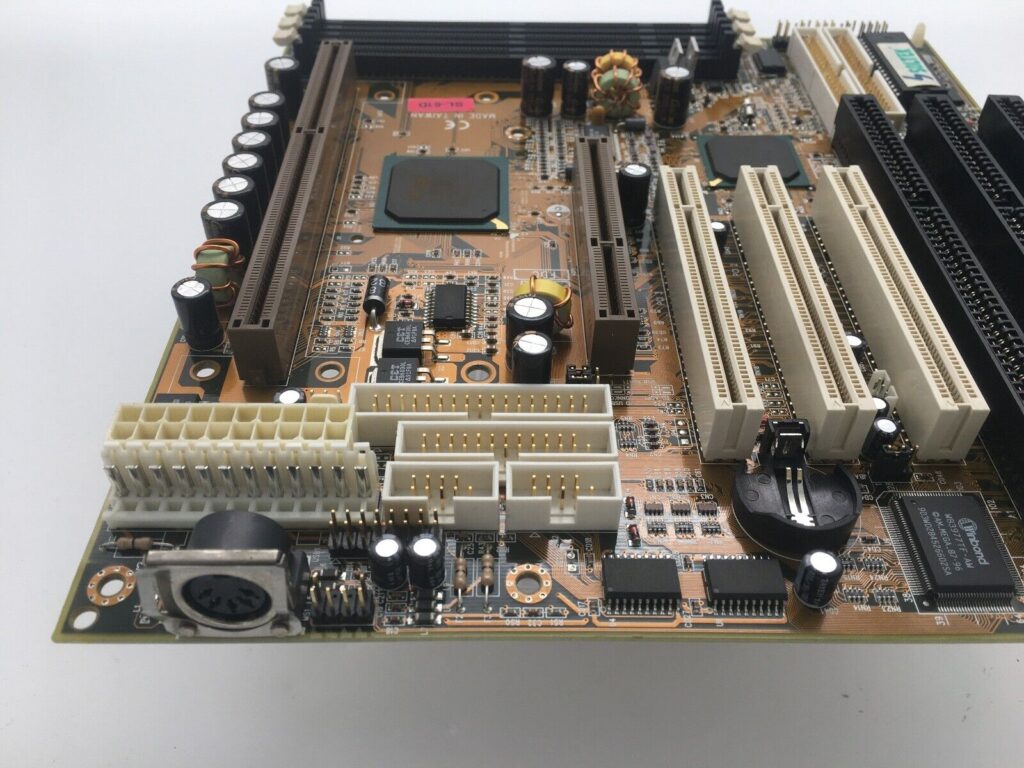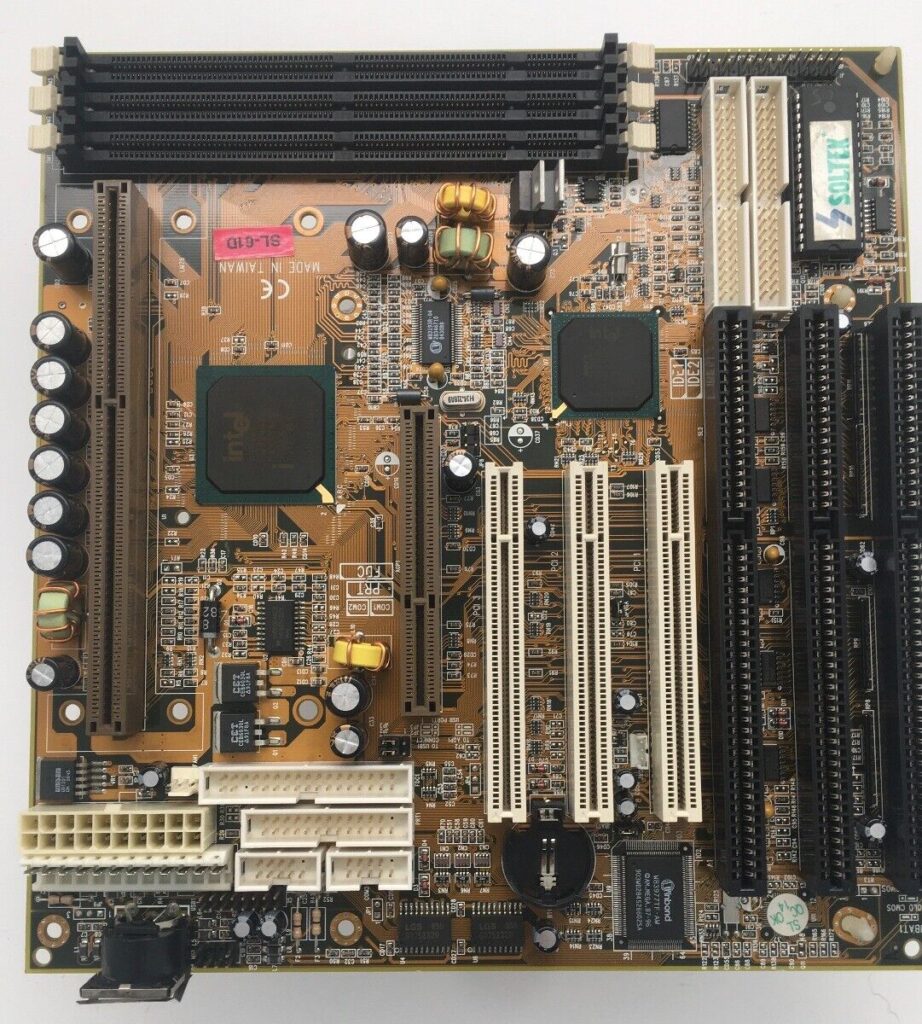To create program on Assembler in Linux operating system we need compiler for x86 architecture named nasm
sudo apt install nasm
To compile program in file hello.asm use commands:
nasm -felf64 hello.asm
ld hello.o
To start compiled program use command:
./a.out
Nov let’s create our program in file hello.asm using text editor vim
vim hello.asm
Here is the full code of program:
message:
db "Hello World!", 10
_start:
mov rax, 1
mov rdi, 1
mov rsi, message
mov rdx, 14
syscall
mov rax, 60
syscall
section .data
global _start
section .text
In first two lines we create some label which contains some directive db width string “Hello World!“, and last symbol 10 – line feed. Directive is like variables in high level programming languages.
Directive db can use 1 byte for writing information and can write constants from -128 to 255 and can write symbols and strings.
Next create label _start: and width command mov we write some data in processor address (register):
mov rax, 1 – move 1 in register rax – in this string we call data recording.
mov rdi, 1 – This register response for input and output stream. When we send 1 in register rdi we say processor to work width standard output stream.
mov rsi, message – we write address of our string in register rsi.
mov rdx, 14 – we write count bytes of our string in register rdx.
Next we make system call width command syscall.
mov rax, 60 – we put number 60 in register rax – this is system call for exit.
And again make system call width command syscall.
At the end of program we run command section .data
Width command global _start we run our program from label _start.
Width command section .text we declare text part of our code



